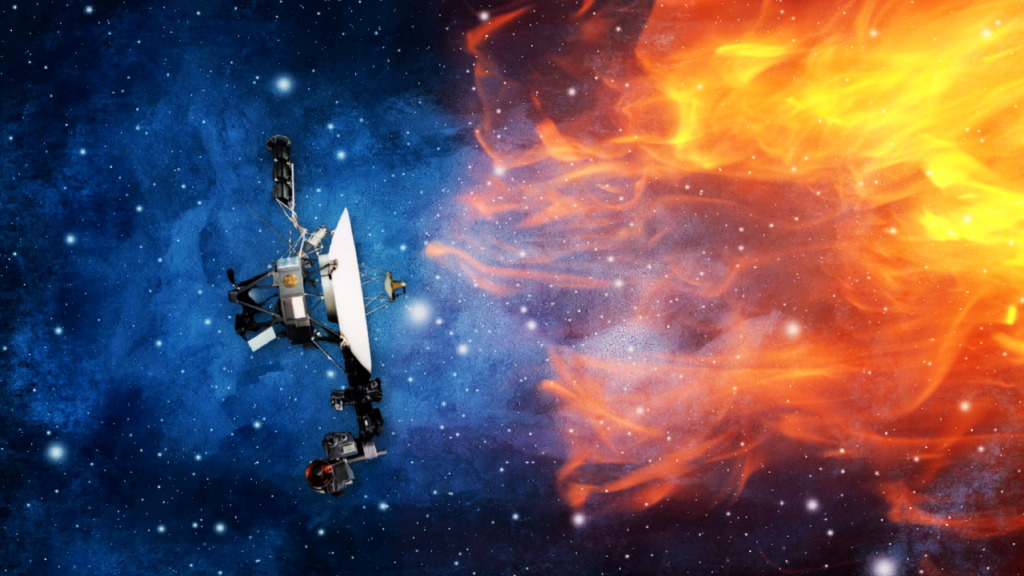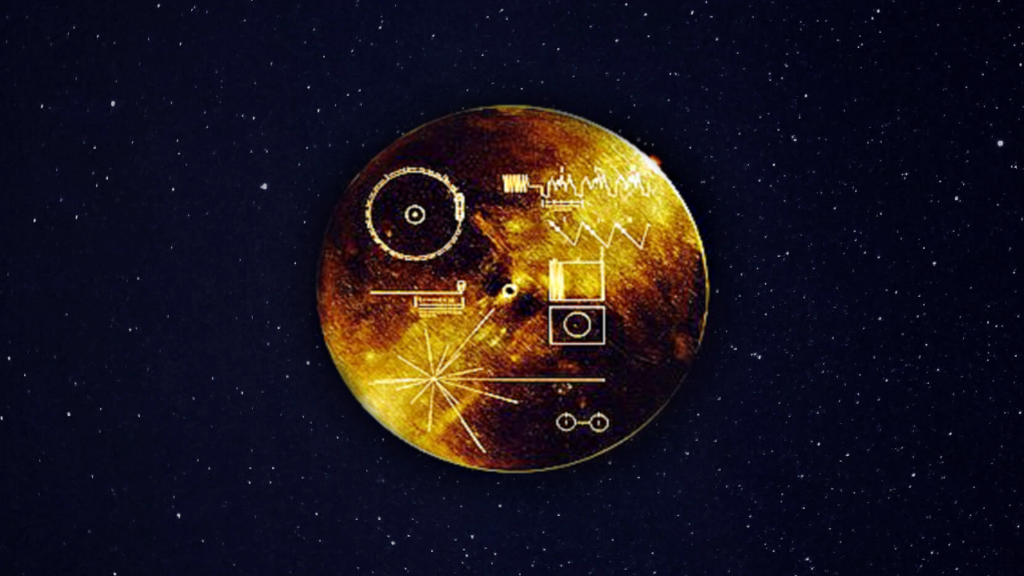In November 2018, the 40-year-old Voyager 2 revealed a chaotic hellscape wall at the edge of the Sol System. The flaming wall 90,000F (50,000C) hot of miasmic plasma is incredibly fascinating, to say the least. The most exciting fact is that the wall of fire originated from our Sun and projected out from it in the cosmos’ primordial past. The hellscape is a little known fact in mainstream society. It completely changes the mental picture we have about the solar system.
The substance originating from the Sun shares a role with the star itself; while the Sun heats us and brings us life, this wall around the solar system protects Earth from deadly interstellar radiation. So, essentially Sol (the Sun) is the life-giver and protector of our planet. Not to mention it also guards our solar system from all but the most formidable asteroids. It’s believed this brutal hellscape formed after being ejected from the Sun by journeying on solar winds. Yet, in truth, little is known about all this in any objective way.
Though Voyager 2 was stuck in the plasma for some time, it survived the journey through it thanks to its heat shields, and it currently is journeying out into the void. The space probe has been incredibly successful. Though initially designed to study the gas giants of our solar system, Voyager 2 has dramatically outperformed. It visited Jupiter, Saturn, Uranus, and Neptune, avoiding many dangers that could have easily ended it. It also carries one of the legendary Golden Records: discs identifying our civilization, time, and origin, all for the benefit of space-faring societies in the far future. It tells our world’s story to any alien life that may discover it, portraying our planet’s diversity of life and culture.
“The Voyager probes are showing us how our Sun interacts with the stuff that fills most of the space between stars in the Milky Way galaxy,”
said Dr. Ed Stone.
Voyager 2 may be outside the familiar environment of the Sol System, but when compared to the distance traveled, it hasn’t gone that far cosmically. It’s still in the Oort Cloud, but the environment outside our planetary neighborhood has proven quite alien non the less. However, the data sent back has confirmed that the radiation within Sol’s magnetic field of influence (Heliosphere) is far less oppressive than outside it. A fact that will be beyond valuable in humanity’s journey to become a space-faring species.
[the_ad_placement id=”manual-2″]
Though the hellscape is horrifying on certain levels, we also already have the technology to survive inanimate objects going through it, thanks to Voyager 1 and 2. How to block humans traveling through space from the insanely high levels of radiation outside the solar system? Well, that’s a different story. But thanks to the data, we can make a game plan and utilize the knowledge to formulate baby steps to do just that. The radiation levels also make many scientists raise their eyebrows at how it may affect onboard equipment. At least we know what we’re up against, though.
As Voyager 2 drifts further and further into the void, we will continue to receive information from it. Scientists are interested in when the probe finally gets into proper interstellar space and relay the environment’s data. Our little traveler may be 40 years old, but it still continues to serve humanity reliably, and will most likely do so for some time, even long-surviving humanity itself.
“The two Voyagers will outlast Earth. They’re in their own orbits around the galaxy for five billion years or longer. And the probability of them running into anything is almost zero.”
-Dr. Bill Kurth
[the_ad_placement id=”manual-2″]







1 Comment
erotik izle · November 13, 2020 at 1:58 pm
Very good article! We are linking to this particularly great post on our site. Keep up the great writing. Sherilyn Kaiser Kwok